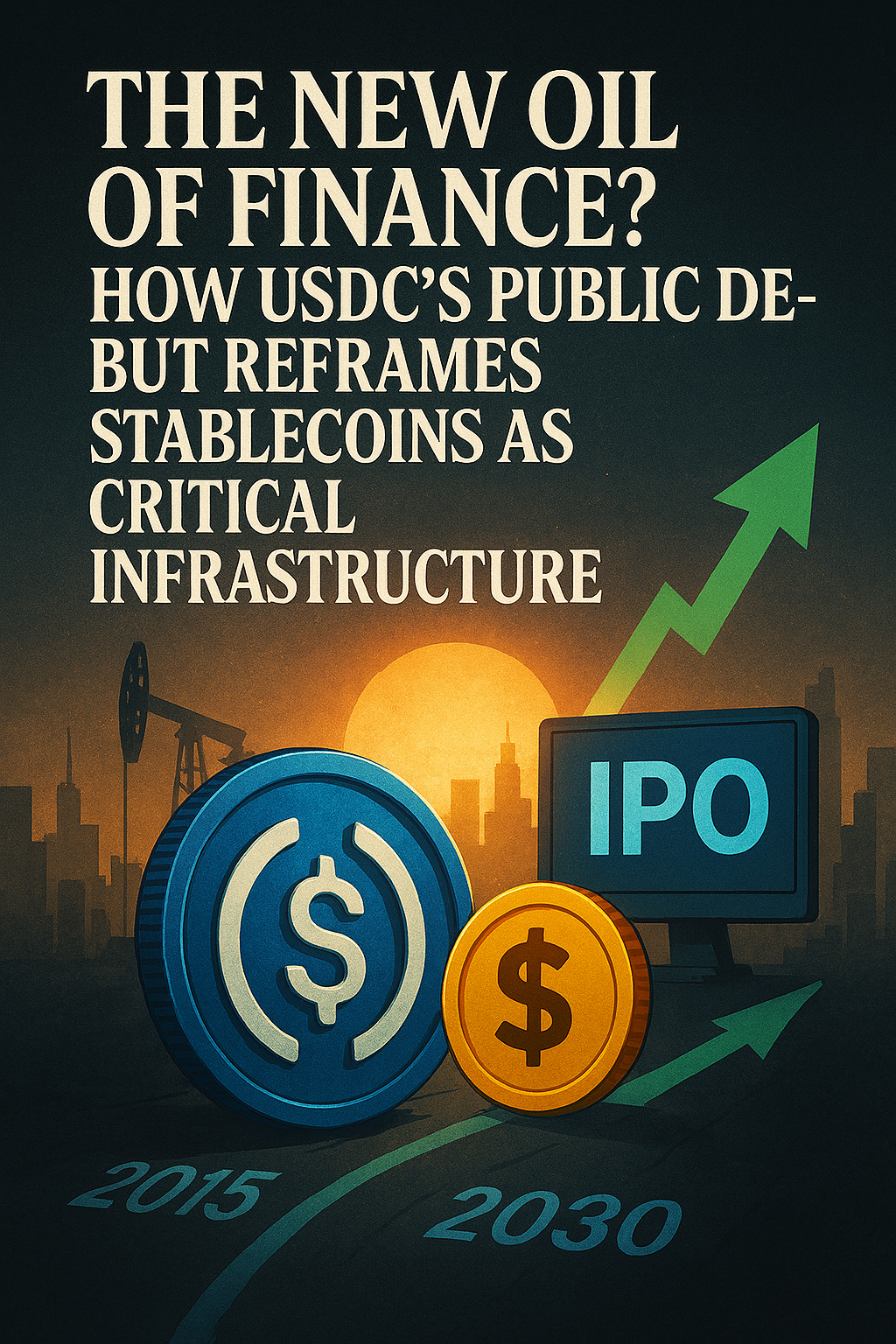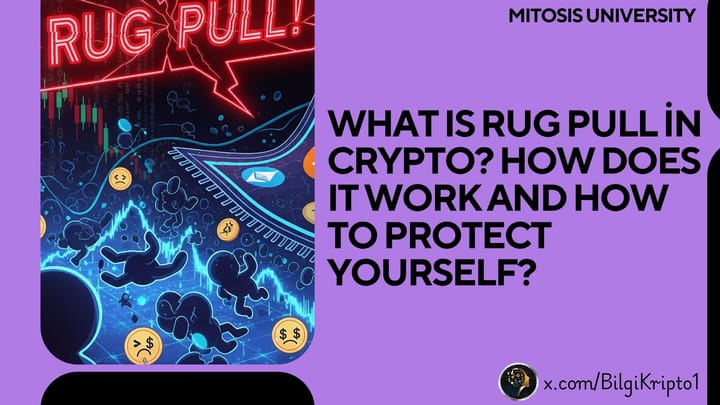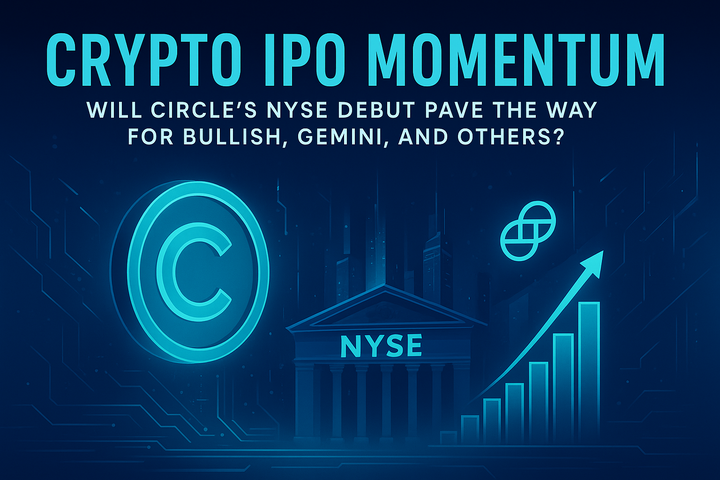The New Oil of Finance? How USDC’s Public Debut Reframes Stablecoins as Critical Infrastructure

For years, stablecoins quietly powered the digital economy facilitating trades, unlocking DeFi protocols, and serving as digital cash in emerging markets.
But with Circle, the issuer of USDC, heading toward a public listing on the New York Stock Exchange, the stablecoin narrative is shifting into high gear.
This isn’t just another crypto milestone. Circle’s IPO reframes stablecoins not as niche blockchain assets, but as critical infrastructure the financial equivalent of oil in a digital economy.
USDC and its peers aren’t just riding the crypto wave anymore; they’re forming the foundation of a new monetary network, one that bridges Wall Street, Silicon Valley, and the global South.
• USDC: The Quiet Giant in Digital Finance
While Bitcoin and Ethereum get most of the headlines, stablecoins like USDC do most of the legwork.
USDC is pegged 1:1 to the U.S. dollar, fully backed by cash and short-term Treasuries, and audited monthly for transparency.
It’s become the stable, programmable layer of crypto powering everything from DeFi lending protocols to cross-border payroll systems.
With over $12 trillion in total on-chain settlement volume, USDC has quietly emerged as the connective tissue for on-chain finance, now spread across dozens of blockchains and wallets.
• Circle’s IPO: Wall Street Embraces Digital Dollars
Circle’s planned IPO, backed by underwriters like Goldman Sachs and JPMorgan, is more than just a liquidity event.
It’s a sign that stablecoins are maturing into trusted financial products worthy of institutional capital and public scrutiny.
A public listing means Circle will operate under tighter regulatory oversight, with regular disclosures and greater accountability.
For investors, this adds a layer of trust. For the crypto industry, it sets a new benchmark for transparency. Most importantly, it legitimizes stablecoins as long-term infrastructure not just speculative instruments.
Regulation: From Uncertainty to Clarity
Stablecoins have long lived in legal limbo, with regulators unsure whether to treat them as money market funds, bank deposits, or something else entirely. But that’s changing.
The U.S. Congress is actively drafting stablecoin-specific legislation, while the EU is rolling out its MiCA framework. Meanwhile, Circle is positioning itself to operate under these rules with a compliance-first mindset and full reserve backing.
As regulatory clarity improves, stablecoins like USDC are becoming more attractive to banks, fintechs, and governments looking for programmable, always-on digital dollars.
•Geopolitics and Dollar Dominance
There’s also a quiet geopolitical layer to this story.
In countries with currency instability or capital controls, access to USDC provides a digital lifeline to the U.S. dollar. In regions with slow or costly financial systems, USDC offers an alternative fast, cheap, and borderless.
This makes USDC not just a stablecoin, but a tool of digital dollar diplomacy extending the reach of U.S. monetary influence far beyond traditional banking rails.
For the U.S., this could be a strategic asset in a world where CBDCs (central bank digital currencies) and rival stablecoins are gaining traction.
•The Infrastructure Layer of Finance
Technologically, stablecoins are evolving from payment tools into core infrastructure for everything digital finance touches.
Want to tokenize real-world assets like stocks or real estate? You need a reliable unit of account like USDC.
Want to settle trades instantly across blockchains? Stablecoins are your answer. Want to automate payments with smart contracts? USDC fits the bill literally.
Circle’s IPO is a milestone in this journey. It signals that stablecoins have graduated from speculative products to primitives of the programmable economy.
• Final Thoughts: A New Era for Money
The world is waking up to a quiet revolution.
Stablecoins aren’t just crypto’s workaround for volatility. They’re emerging as foundational financial infrastructure with real utility, growing adoption, and increasing regulatory clarity.
Circle’s public debut doesn’t just validate its own mission. It forces the world to ask a deeper question:
If stablecoins are the new oil of finance, who will control the flow and who gets left behind?
📚 References
1. Visa expands stablecoin settlement to Solana using USDC
🔗 https://usa.visa.com/about-visa/newsroom/press-releases.releaseId.19881.html
2. Circle files for IPO, signaling stablecoin confidence – CoinDesk, Apr 1, 2025 Circle officially filed a confidential S‑1 with the SEC, managing nearly all its revenue through reserve income from USDC. 🔗 https://www.coindesk.com/business/2025/04/01/stablecoin-giant-circle-files-for-ipo
3. EU finalizes MiCA, the world's first comprehensive crypto regulation – Reuters, May 16, 2023 MiCA brings clarity to stablecoin issuance and marks a major step in recognizing digital assets as regulated infrastructure. 🔗 https://www.reuters.com/technology/eu-council-adopts-first-legal-framework-regulate-crypto-sector-2023-05-16/
4. Circle transparency and USDC reserve attestations – Circle official site Monthly third-party attestations ensure trust in USDC, demonstrating Circle’s regulatory-grade transparency. 🔗 https://www.circle.com/transparency
5. The IMF reports nearly $2 trillion in stablecoin gross flows in 2024, highlighting their vital role in cross-border payments.
https://www.imfconnect.org/content/dam/imf/.../Crypto%20Assets%20Monitor.pdf



Comments ()